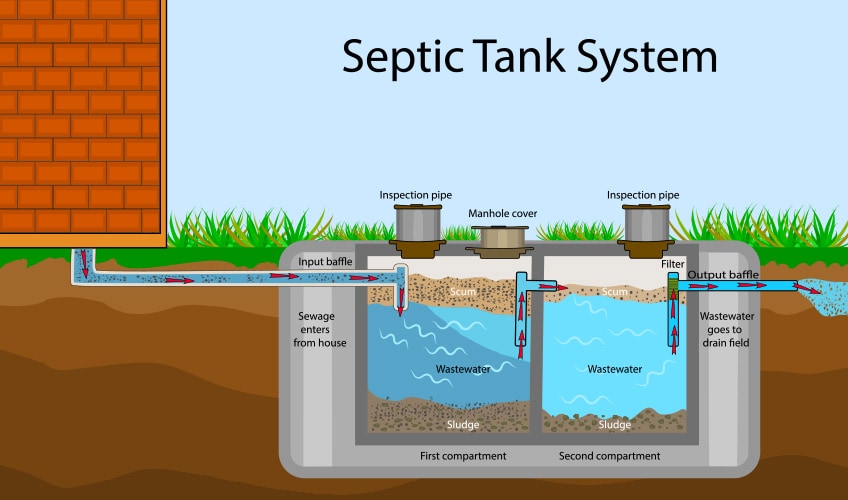When it comes to septic tank maintenance, one question that often arises is whether or not you need to pump both sides of the tank. In this article, we’ll explore the factors that determine the answer to this common inquiry. From understanding the structure of a septic tank to recognizing potential issues and maintenance requirements, we’ll provide you with the information you need to make an informed decision about your septic system. So, if you’ve ever wondered about the necessity of pumping both sides of a septic tank, keep reading to find out all you need to know.
Understanding Septic Tanks
What is a septic tank?
A septic tank is an underground wastewater treatment system that is commonly used in areas without access to a municipal sewage system. It is a large, watertight container made of concrete, fiberglass, or plastic, which is designed to hold and treat wastewater from a household’s plumbing system.
How does a septic tank work?
A septic tank works by separating solid waste from the wastewater and allowing it to decompose through a natural process called anaerobic digestion. When wastewater from toilets, sinks, and drains enters the septic tank, the solids settle to the bottom, forming a layer of sludge. The lighter materials, such as fats, oils, and grease, float to the top and form a layer of scum. The remaining liquid, known as effluent, flows out of the septic tank into the drain field for further treatment and absorption into the soil.
Components of a septic tank system
A septic tank system consists of several components that work together to treat and dispose of wastewater effectively. In addition to the septic tank itself, there are inlet and outlet pipes that allow wastewater to enter and leave the tank. Baffles, or T-shaped dividers, are installed in the tank to prevent the scum layer and sludge from flowing out into the drain field. The drain field is a network of perforated pipes buried in gravel-filled trenches, where the effluent is distributed and treated by the surrounding soil.
The Purpose of Pumping a Septic Tank
Why is septic tank pumping necessary?
Septic tank pumping is necessary to remove the accumulated sludge and scum layer that cannot be broken down through the natural anaerobic digestion process. Over time, these layers build up and reduce the effective capacity of the septic tank. If not pumped regularly, the accumulation of solids can lead to clogged pipes, backups, and even system failure.
How often should a septic tank be pumped?
The frequency of septic tank pumping depends on various factors, including the size of the tank, the number of people in the household, and the volume of wastewater generated. Generally, it is recommended to have a septic tank pumped every 3-5 years. However, households with larger tanks or higher water usage may need more frequent pumping, while smaller tanks or lower water usage may require less frequent pumping.
Signs that a septic tank needs pumping
There are several signs that indicate a septic tank needs pumping. These include slow draining sinks and toilets, foul odors near the drain field, gurgling sounds in the plumbing system, sewage backups, and wet spots or sogginess in the yard. If any of these signs are present, it is important to have the septic tank pumped as soon as possible to prevent further damage or contamination.
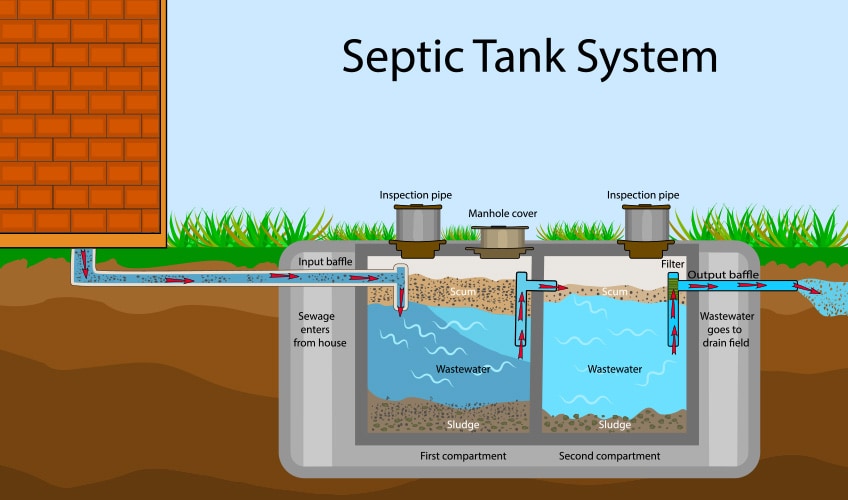
Two-Sided Septic Tanks
What is a two-sided septic tank?
A two-sided septic tank, also known as a dual-compartment septic tank, is a type of septic tank that consists of two separate compartments within a single tank structure. Each compartment is designed to perform a specific function in the treatment process, providing improved efficiency and reliability compared to traditional single-compartment septic tanks.
Advantages of two-sided septic tanks
Two-sided septic tanks offer several advantages over single-compartment tanks. Firstly, they provide more effective separation of solids, ensuring that less solid waste is carried into the drain field. Secondly, the dual compartments allow for better settling and retention of sludge and scum, reducing the likelihood of clogs and backups. Lastly, two-sided septic tanks promote a more balanced distribution of effluent, preventing overloading of one side and promoting even flow into the drain field.
How do two-sided septic tanks function?
In a two-sided septic tank, the wastewater enters the first compartment through the inlet pipe. As the wastewater enters, it slows down, allowing heavier solids to settle at the bottom and form a layer of sludge. The partially clarified liquid then flows into the second compartment through a baffle system. In the second compartment, further settling occurs, and the remaining solids settle at the bottom. The clarified liquid, or effluent, then exits the second compartment through the outlet pipe and enters the drain field for final treatment.
Reasons for Pumping Both Sides of a Septic Tank
Preventing imbalances in the system
One of the main reasons for pumping both sides of a two-sided septic tank is to prevent imbalances in the system. Over time, one side of the tank may accumulate more sludge and scum than the other, disrupting the natural treatment process. By pumping both sides regularly, the distribution of solids is equalized, promoting efficient and effective wastewater treatment.
Maintaining equal distribution of effluent
Pumping both sides of a septic tank is crucial for maintaining an equal distribution of effluent. If one side of the tank is not pumped regularly, the buildup of solids can cause uneven flow into the drain field. This can lead to overloading of one area, resulting in poor absorption and potential system failure. Regular pumping ensures that both sides of the tank are functioning optimally and that effluent is evenly dispersed for proper treatment.
Avoiding potential overflows
Neglecting to pump both sides of a septic tank increases the risk of overflows. When one side of the tank is overloaded with solids, it can cause backups and blockages in the plumbing system. This can result in wastewater backing up into the house or surfacing in the yard, creating a health hazard and potential damage to the property. Pumping both sides of the tank helps prevent these costly and inconvenient issues.
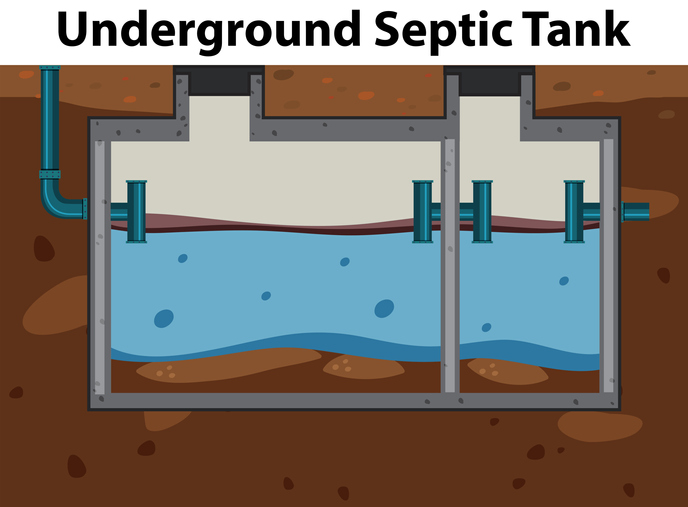
Pumping Procedures for Two-Sided Septic Tanks
Inspection and assessment
Before pumping a two-sided septic tank, it is essential to conduct a thorough inspection and assessment of the system. This includes locating the access ports of both compartments, checking for any signs of damage or leaks, and measuring the current levels of sludge and scum in each compartment. This assessment helps determine the appropriate pumping schedule and ensures that the tank is pumped effectively.
Pumping both compartments
Once the inspection is complete, the pumping process can begin. It is crucial to pump both compartments of the septic tank to ensure balanced maintenance. A professional septic tank pumping service will typically use specialized equipment to extract the accumulated sludge and scum from each compartment, thoroughly cleaning the tank and restoring its capacity.
Monitoring and maintenance
After pumping both sides of the septic tank, it is important to monitor and maintain the system regularly. This includes regular inspections to check for any potential issues, such as leaks, cracks, or signs of uneven solid accumulation. Additionally, maintaining proper usage practices, such as conserving water and avoiding flushing harmful substances down the drain, can help prolong the effectiveness of the septic tank and reduce the frequency of pumping.
Common Misconceptions about Two-Sided Septic Tanks
Not needing to pump both sides
One common misconception about two-sided septic tanks is that only one side needs to be pumped. Some homeowners may assume that the solids will naturally balance themselves out between the compartments. However, this is not the case, as one side can accumulate more solids than the other over time. In order to maintain a properly functioning septic tank, it is essential to pump both sides regularly and prevent imbalances.
Belief in self-balancing tanks
Another misconception is the belief in “self-balancing” septic tanks. While two-sided septic tanks are designed to promote a more balanced treatment process, they do require regular maintenance and pumping. Relying solely on the tank’s design to self-balance can lead to issues such as overflows and system failures. Proper maintenance, including pumping both sides of the tank, is crucial for optimal performance.
Ignoring one compartment
Some homeowners may be tempted to ignore one compartment of their two-sided septic tank, assuming that it is not crucial to the overall system. However, neglecting one compartment can disrupt the treatment process and lead to imbalances and potential overflows. Both compartments of a two-sided septic tank must be pumped regularly to ensure proper functioning and avoid costly repairs.
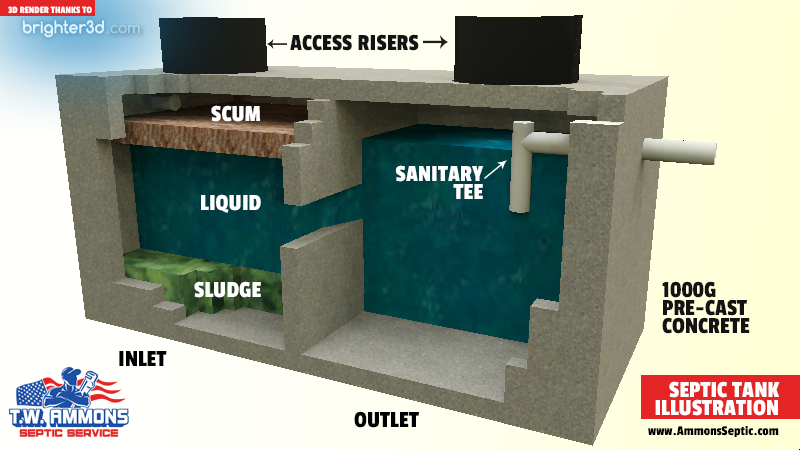
The Role of Professionals in Septic Tank Maintenance
Benefits of hiring septic tank professionals
Hiring septic tank professionals for maintenance and pumping offers several benefits. Firstly, professionals have the necessary knowledge and experience to effectively assess the condition of the septic tank and perform the required maintenance procedures. They are also equipped with specialized tools and equipment to safely and efficiently pump the tank. Additionally, professional septic tank services have proper disposal methods for the extracted waste, ensuring compliance with environmental regulations.
Expert knowledge and experience
Septic tank professionals possess expert knowledge and experience in maintaining and servicing septic systems. They understand the complexities of septic tank operation and are familiar with the specific requirements of different types of tanks. This expertise enables them to identify potential issues, recommend appropriate solutions, and perform necessary maintenance tasks with precision and efficiency.
Proper equipment and disposal
Professional septic tank services are equipped with the necessary tools and equipment to perform septic tank pumping and maintenance effectively. They have specialized vacuum trucks that can safely and thoroughly pump out the accumulated sludge and scum from both sides of a two-sided septic tank. Furthermore, these professionals have proper waste disposal methods in place to ensure that the extracted waste is disposed of in accordance with local regulations, minimizing environmental impact.
Ensuring Proper Septic Tank Maintenance
Regular inspection and pumping
Regular inspection and pumping are essential for ensuring proper septic tank maintenance. Conducting a thorough inspection at least once a year helps identify any potential issues early on, allowing for prompt repairs or adjustments. Additionally, adhering to a regular pumping schedule based on the tank’s size and usage helps prevent excessive accumulation of solids and maintains the tank’s capacity.
Implementing good practices
Implementing good practices in daily water usage and waste disposal can significantly contribute to proper septic tank maintenance. This includes conserving water by fixing leaks and using water-efficient appliances, avoiding flushing non-biodegradable items or hazardous substances down the drain, and practicing responsible waste disposal. These practices help minimize strain on the septic system and reduce the frequency of pumping.
Disposing of waste correctly
Proper waste disposal is vital for septic tank maintenance. It is important to avoid disposing of substances that can harm the septic system, such as grease, chemicals, medications, and excessive amounts of household cleaners. Additionally, minimizing the use of heavy water-consuming appliances, such as washing machines and dishwashers, can help prevent overloading the system. By disposing of waste correctly, homeowners can prolong the life of their septic tank and minimize the need for repairs or replacements.
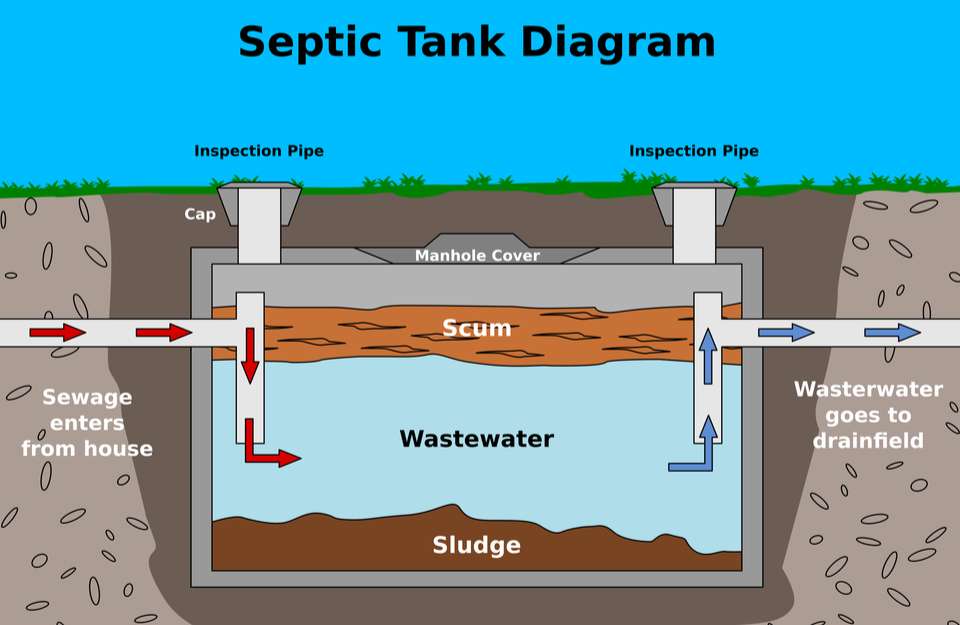
Consequences of Neglecting Septic Tank Maintenance
System failure and backups
Neglecting septic tank maintenance can lead to system failure and backups. When a septic tank becomes overloaded with solids, it can no longer effectively treat wastewater, resulting in clogs and blockages. This can cause sewage backups into the house, leading to unsanitary living conditions and expensive repairs. Regular maintenance, including pumping both sides of the tank, is essential for preventing these issues.
Contamination of soil and groundwater
If a septic tank is not properly maintained, it can contaminate the surrounding soil and groundwater. When solids and harmful substances are not adequately treated or removed, they can seep into the soil, posing a risk to the environment and potentially contaminating drinking water sources. By regularly pumping both sides of the septic tank and practicing responsible waste disposal, homeowners can prevent soil and groundwater contamination.
Expensive repairs and replacements
Neglecting septic tank maintenance can result in costly repairs or even the need for a complete system replacement. When a septic tank is not pumped regularly, solids can accumulate and cause damage to the tank, pipes, or drain field. Repairing or replacing these components can be a significant financial burden. Investing in regular maintenance, including pumping both sides of the tank, is a more cost-effective approach to ensure the longevity of the septic system.
Conclusion
Pumping both sides of a two-sided septic tank is essential for proper maintenance and optimal performance. Neglecting to pump both compartments can lead to imbalances, uneven distribution of effluent, and potential overflows. By understanding the importance of regular septic tank pumping, homeowners can prevent costly repairs, ensure the longevity of their septic system, and protect the environment. Hiring professional septic tank services provides the necessary expertise, equipment, and disposal methods for effective maintenance. By implementing good practices and disposing of waste correctly, homeowners can further contribute to the overall health and functionality of their septic tank. Remember, regular inspection, pumping, and professional assistance are key to a well-maintained septic tank system.
